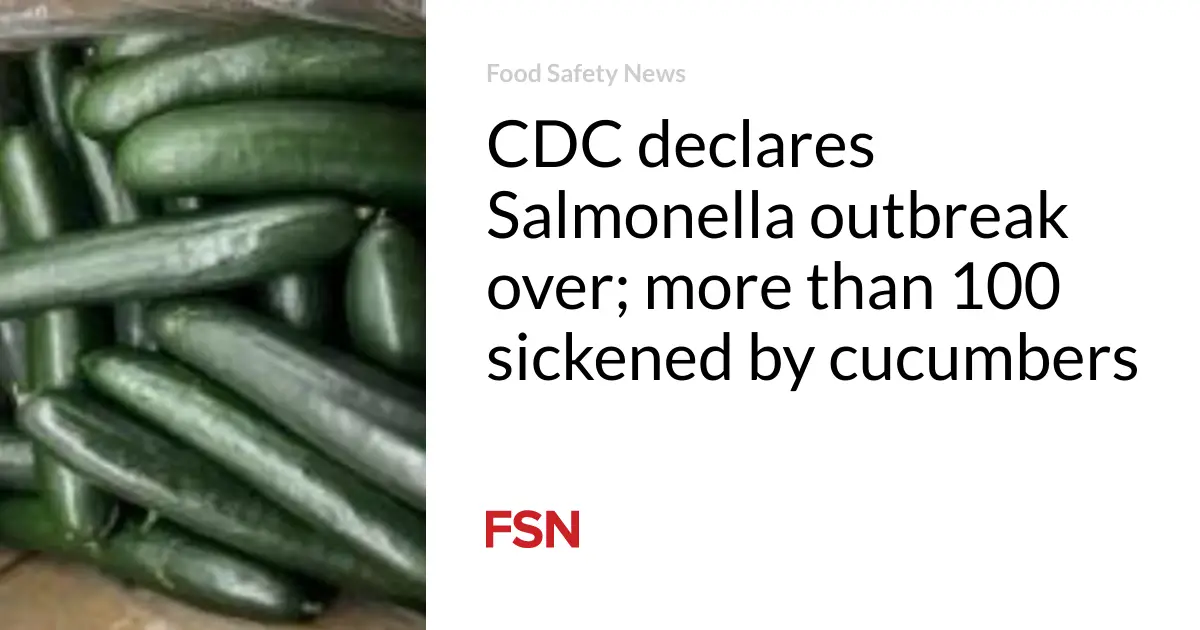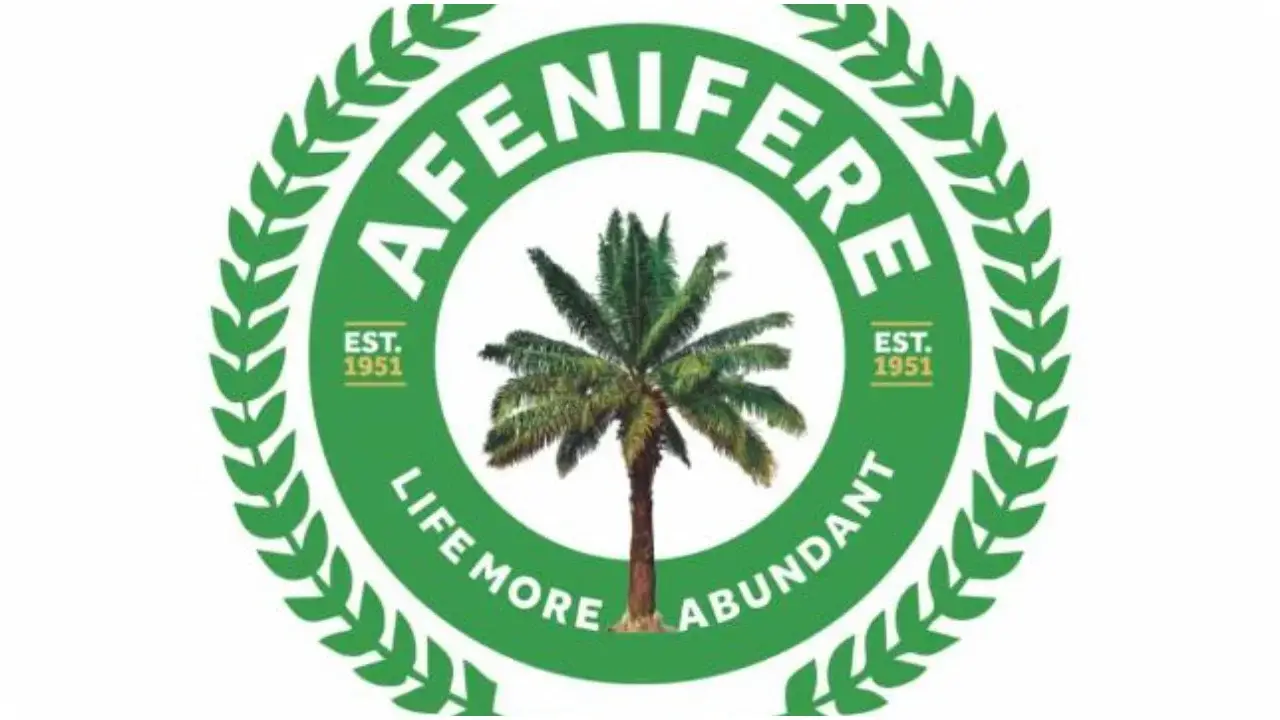You’d be forgiven, as a visitor to the Lake District, for imagining that the governing attractions are daffodils, Grasmere gingerbread, Herdy (the bleating fell-side variety and the brand), mountain watercolours and lake steamers. So fixed have these associations become with the region that it’s now the victim of its own twee, commercial image.
Millions of tourists tromp the same routes each year, seeking out waterside and lookout points, and bagging famous peaks. Queues at Sarah Nelson’s Grasmere Gingerbread stretch round the cottage bakery and past Wordsworth’s grave. Wainwright’s ridges become polished with footfall; the roads into the national park jam with holiday traffic. There’s even speculation that the now horribly polluted Windermere will be shut this summer.
As a native of Cumbria, I can vouch for the awe of its landscapes and the sublimity of its Romantic image. Despite the overcrowding and misconception of what was originally a radical artistic vision, the version of the Lakes hawked to tourists isn’t necessarily bad or boring. But the county has more to offer than the usual conveyor of sightseeing, the same old beauty spots, and doily-strewn tea rooms. It’s not simply a pleasure and leisure ground that requires weekend-warrior uniform and paddleboards. For those willing to think outside the box of trinkets, there are lesser-known and more interesting alternatives; many relating to the region’s hidden history and its contemporary working practices.
The county has brilliant contemporary art, gastronomy and microbrewing scenes, with hundreds of artisanal makers. Cumbria has the second highest number of Michelin-starred restaurants outside London – a sign of well-heeled visitors and wealthy second-homeowners. However, they’re not all elitist and unaffordable. Heft, in High Newton, keeps its bar un-bookable, serving Michelin-grade bar snacks, excellent, moderately priced wine, and wonderful local craft beer – such as those made by Fell, Gan Yam and Bowness Bay. The clue is in the name: hefting is a traditional way to manage grazing animals on un-boundaried common land.
On a similar front, recognising that pubs are under serious threat from big breweries and are vital to the social infrastructure of small rural communities, there have been several cooperative buyouts, including The Old Crown in Hesket Newmarket and The Mardale Inn in Bampton (village of my childhood, where parts of the cult film Withnail and I were shot). These cooperative pubs are, tellingly, in parts of the county less hit by mass tourism, where big business has not yet dictated prices and de-identified them – though the Lowther valley and the Caldbeck moors are equally beautiful, with substantial mountains and quiet lakes nearby. The pubs proudly maintain local, authentic character. If the centre of the county is choked and held hostage by cliche, its circumference is often where the secret treasures lie.
The south is seasonally home to ospreys at the re-wilded Foulshaw Moss and is home to one of the most vibrant towns in Britain: Ulverston. Clue also in the name: “wolf town”. Imagine a fiercely independent, more rustic, less hipster-populated Hebden Bridge, with, from its hilltop monument, an immense view over the sea to Wales. Ulverston has a full festival programme, running from March to November and celebrating ceramics, printing, food and drink, comedy, music, lanterns, Dickens, just about everything. It is, quite literally, one of the most colourful towns in the country, with row after row of rainbow-painted houses and few chain shops. Ulverston is also the birthplace of the Quaker movement; perhaps this is why it doesn’t shout about itself.
En route to the lush, tree-lined Coniston Water, is another original, contemporary project: The Farmers Arms in Lowick Green. This venue is a restored hostelry, run by the avant garde powerhouse that is Grizedale Arts. It’s a combination of gastro-pub and cafe, events and international exchange venue, and makers’ workshops. The building has been eclectically renovated by artists and resembles a functioning Kettle’s Yard. The Farmers Arms runs courses on pottery, weaving, woodworking, gardening, cooking; it has an Honest Shop selling the work of its residential makers and a one-eyed adopted Bengal cat called Bailey. It’s a wonderful place for adults and children to mess about with clay, and try kimchi pizza, Carlin pea falafel, local venison burgers, and possibly the best chips in the north of England.
The west coast of Cumbria takes time to explore and is often overlooked by visitors, but the shores are wild and storm-swept, lined with nature reserves, and its significant port towns have much to offer, including Whitehaven’s tall ships, and gigs and performances at the Florence Arts Centre in Egremont. There are lovely beaches at St Bees, Allonby and Silloth. Walkers can follow the Coastal Way and the Smugglers Route towards the Solway, taking in Crosscanonby’s ancient salt pans, where salt was collected for centuries, and the Roman Milefortlet 21, a designated world heritage site.
There are many unique architectural buildings in Cumbria; counter-narratives to its cottage nostalgia. Near Elterwater is the last of Kurt Schwitters’ four Dada-inspired merzbauten (merz barns). Schwitters fled to Britain in 1940 and took up residence in the Lake District. He used collage as a means of creating art out of chaos, choosing vernacular materials. The barn’s wall collage is now at Hatton Gallery, and the barn is closed due to a change of ownership – but watch this space. Similarly, the Jetty Museum in Windermere is a stunning piece of modern architecture, as well as a trove of boating history, with an unrivalled cafe window view.
One of the most unusual churches in the country is in north Cumbria, in Wreay, near Carlisle. It was designed and built by Sarah Losh in the 1840s. Losh was one of the few female architects of the era, and the humbling, biophilial church opposes hierarchical, patriarchal religious doctrine. Inside and out, the building hosts carved pinecones, fantastical animals, flowers, sculptures made of bog oak, with only one small, almost irrelevant, cross in a stained glass window. Its decorative, naturalistic style predates the Arts and Crafts movement by almost half a century, but Losh seems not to be credited with any influence. Top tip: stand in the chancel for as long as it takes the motion sensor lights to switch off, then enjoy the serene natural lighting in the church.
Another under-attended but hugely significant structure lies east of the Lakes, in the verdant Edenvalley. In farmland near Glassonby is one of the largest stone circles in Britain – Long Meg and her Daughters. The outer red standing stone (Meg) has a winter solstice sun alignment. Legend has it the stones were witches petrified by a wizard-priest for dancing on the sabbath. If they are counted twice accurately, the curse will be lifted. Given the size of the site, sending kids round it two times with a tally chart is a brilliant way to occupy them while enjoying a cuppa from the Thermos and the magnificent stadium of the ochre Pennines and blue interior fells.
As with anywhere, there are obvious and saleable attractions, and there are subversive, freer ones. More than most places, the Lake District is known by a limiting set of identifiers and destinations. But alternative Cumbria, with its new arts and victuals, its dynamic past and updated traditions, is worthier of a visit.
Sarah Hall’s most recent novel, Burntcoat, is published by Faber & Faber (£8.99). To support the Guardian and Observer order your copy at guardianbookshop.com. Delivery charges may apply





